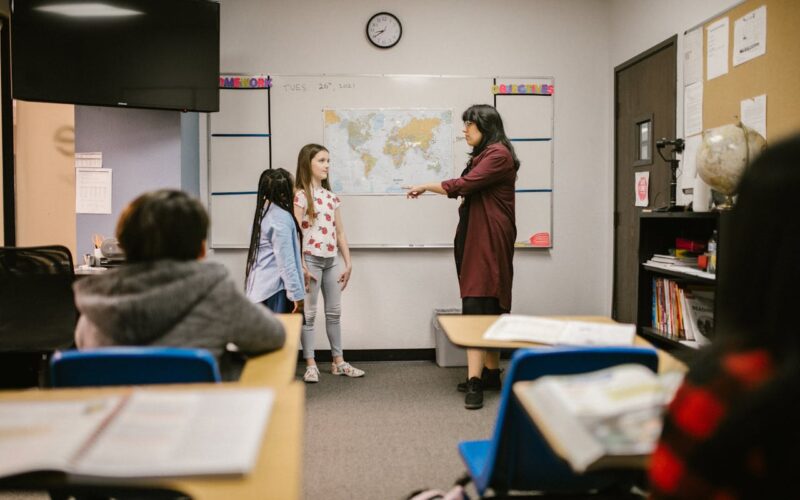The ’80s were a different world when it came to school. Teachers had more freedom, fewer rules, and way less surveillance. Some of what they did back then would be shocking, or flat-out unacceptable, by today’s standards. From smoking in the building to handing out paddlings, here are twelve things teachers used to do in the 1980s that would never fly in a modern classroom. It’s a wild ride down memory lane.
1. Smoking in the Teacher’s Lounge

Yes, teachers smoked inside the school building. The teacher’s lounge often reeked of cigarette smoke, and no one questioned it. Ashtrays on desks were just part of the decor. If a teacher lit up today, even off school property, it could lead to disciplinary action. Back then, it was as normal as chalk dust. Now it’s a huge health and policy violation. Imagine explaining this to a Gen Z student without getting wide-eyed stares.
2. Corporal Punishment
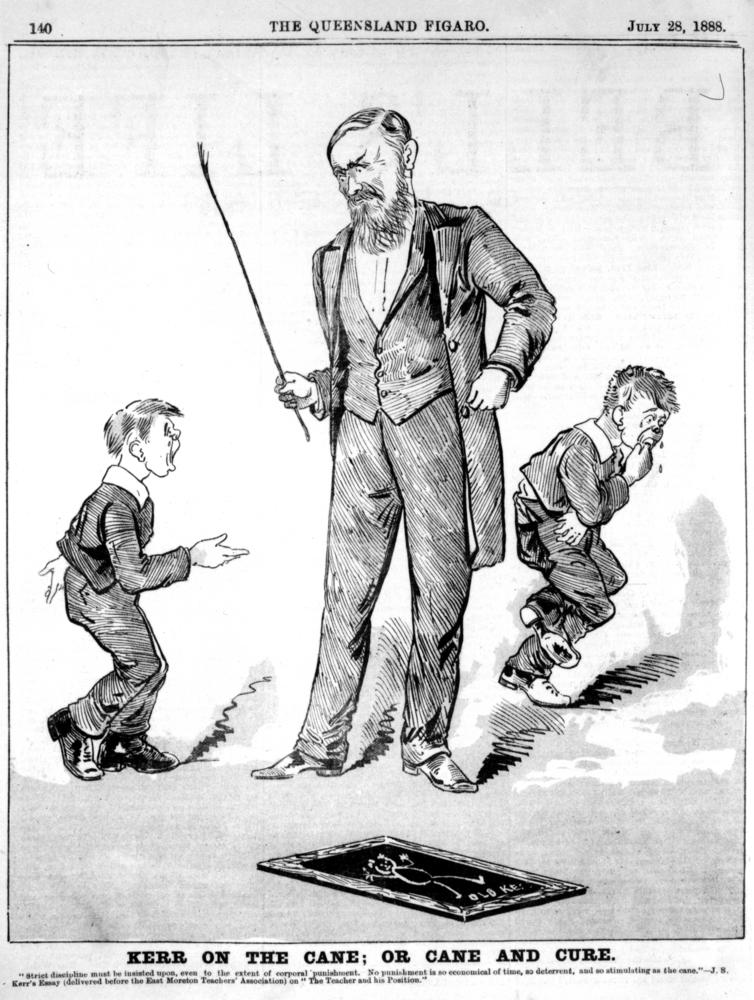
In many schools, paddles hung proudly on the wall, and they got used. Teachers could spank students for talking back, being late, or forgetting homework. It wasn’t hidden, it was policy. Some paddles even had names. Today, any physical punishment would result in immediate termination, legal action, and social media outrage. The idea that your math teacher could legally swat you is something most modern students simply can’t imagine without calling a lawyer first.
3. Public Shaming in Front of the Class

If you forgot your homework or answered a question wrong, the whole class knew about it. Some teachers wrote your name on the board as a punishment or made you stand up while they lectured you. Humiliation was considered a motivational tool. These days, that’s considered emotional harm and could spark a complaint or even a lawsuit. Public shaming is a fast way to lose your job in today’s more compassionate education system.
4. Showing Inappropriate Films
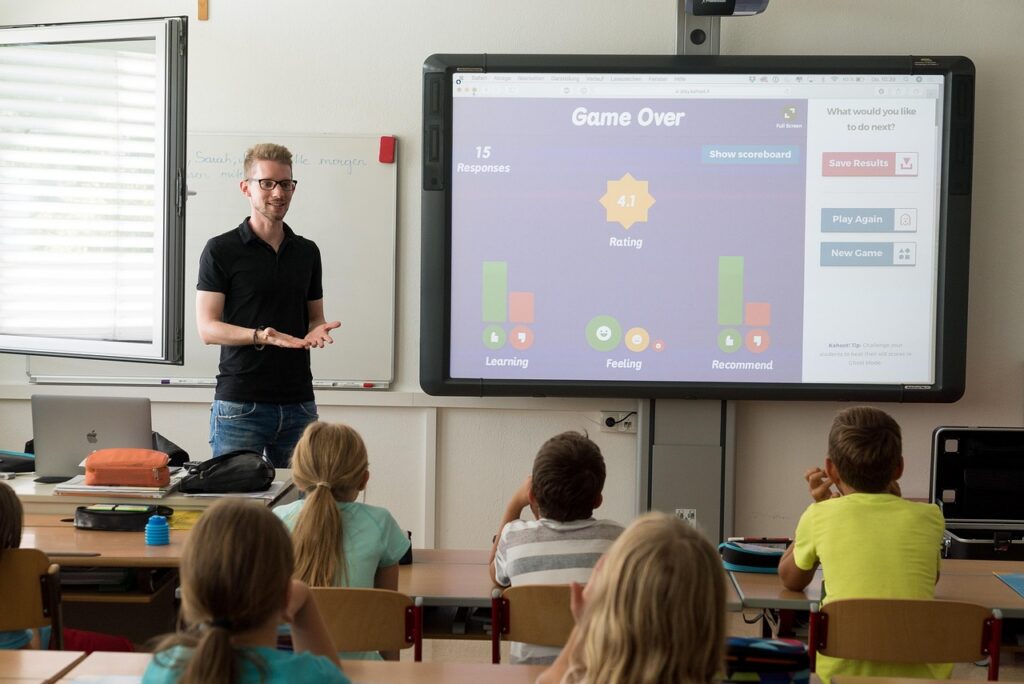
Movie days were awesome, but some of the films shown in class were wildly inappropriate. Teachers would pop in a VHS tape with violent or suggestive scenes and just sit back. PG-13 or even R-rated movies made it into classrooms with zero permission slips. No one checked the content back then. Today, even a questionable scene could result in angry parent emails and school board meetings. The casual vibe of ’80s film days is long gone.
5. Swearing at Students
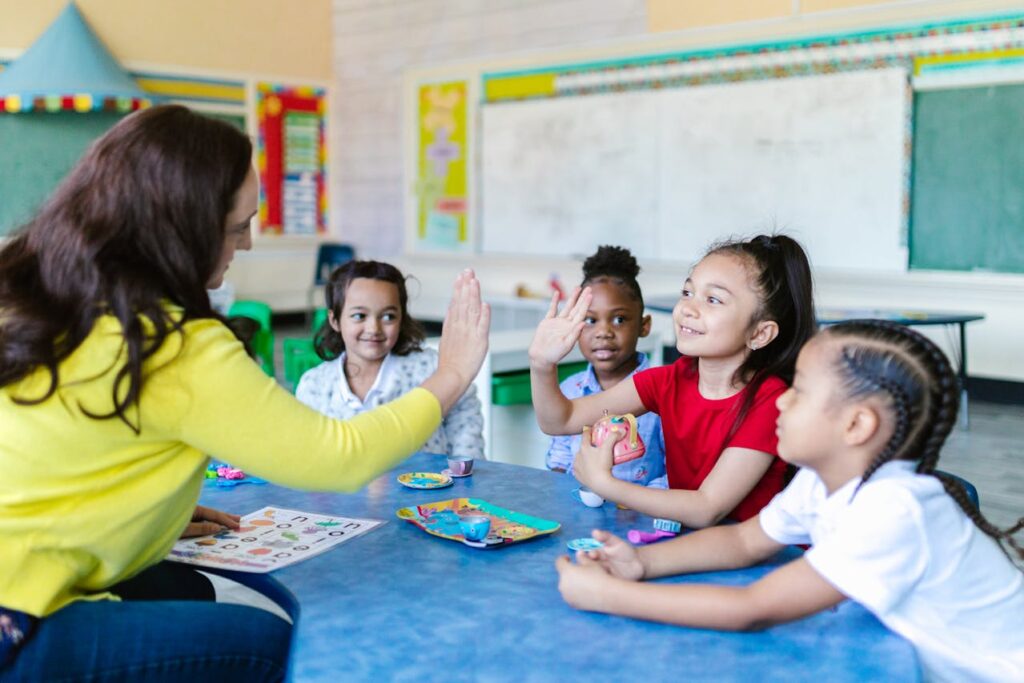
Teachers in the ’80s weren’t shy about letting loose with some harsh language. If a student misbehaved, they might hear a few curse words, sometimes loudly. It wasn’t considered shocking if a teacher called someone lazy, stupid, or worse. Today, even slightly aggressive language can lead to a formal complaint or disciplinary action. Swearing in front of students now is unprofessional and often career-ending. The classroom tone has become much more respectful and filtered.
6. Touching Students Without Consent
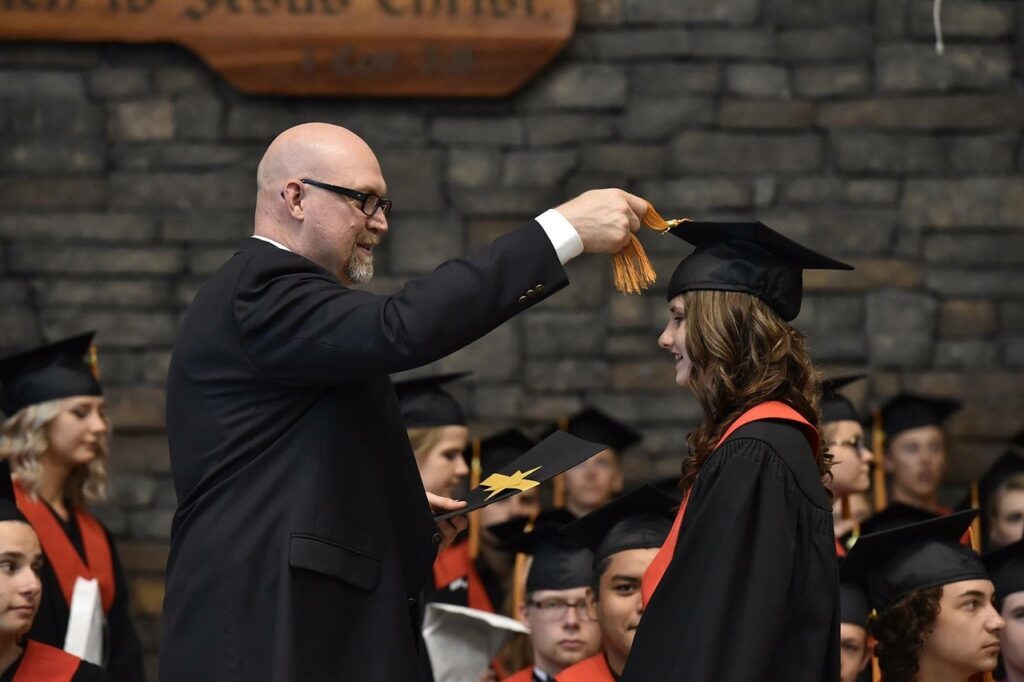
Back then, a teacher might grab your shoulder, smack the back of your head lightly, or even lift you out of your chair if you were being rowdy. It wasn’t meant to harm; it was just how things were handled. Today, physical contact of almost any kind is a serious no-no. Boundaries are strictly enforced, and even the smallest physical gesture without consent can lead to investigation. The shift is all about safety and respect.
7. Letting Students Run Errands Off Campus

Need to grab snacks or deliver something to the office? In the ’80s, teachers sent students off school grounds or into town without thinking twice. You might be trusted to walk to the store and come back with lunch. No note, no permission, just “be back before the bell.” Today, no student leaves the building without strict approval. Liability concerns and safety protocols would make this an immediate firing offense in most districts.
8. Talking About Their Personal Lives in Detail

In the ’80s, it wasn’t unusual for teachers to chat about their marriages, politics, or even hangovers with students. They might vent about their ex or rant about the government. It felt like a conversation between adults, even if the students were kids. Nowadays, teachers are expected to maintain clear boundaries and avoid controversial or personal subjects. Over-sharing can lead to uncomfortable situations, complaints, or disciplinary action. Professional distance is the new standard.
9. Letting the Class Sit Quietly All Period

If a teacher was tired, hungover, or just over it, the solution was simple: silent study time. Sometimes this lasted the entire class. No instructions, no activities, just sit and do something quiet. Some students read, others slept. It was considered normal. Today, lesson plans, engagement strategies, and accountability are mandatory. Letting a class sit idle without instruction could cost a teacher their job. “Do whatever” days no longer make the cut.
10. Using Sarcasm as a Teaching Tool
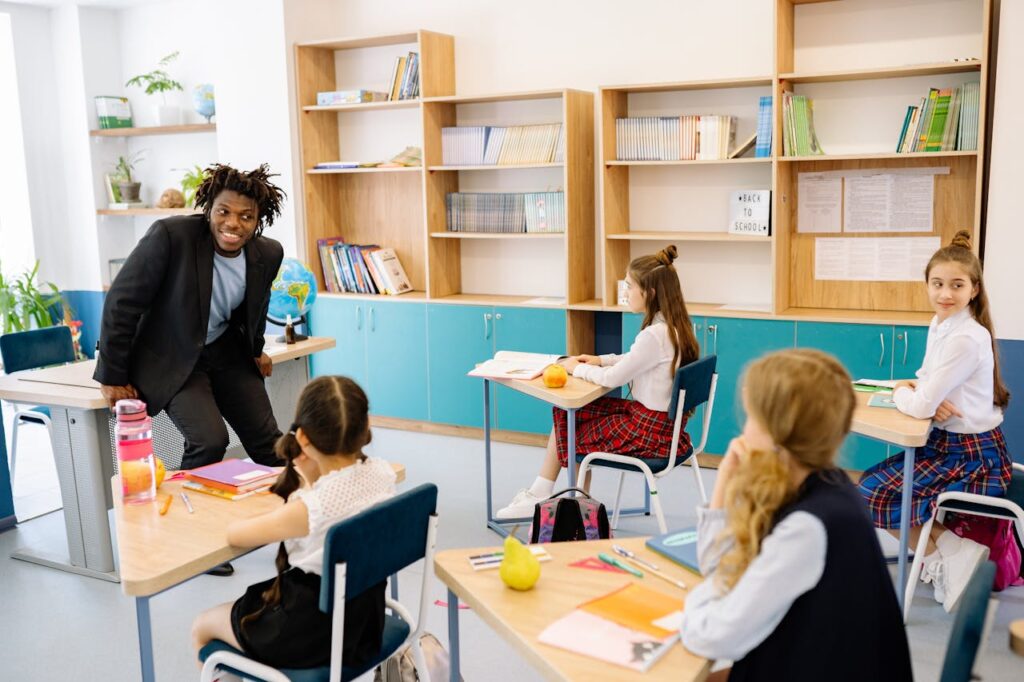
Sarcasm was practically a language for some ’80s teachers. They’d roast students with biting comments and expect laughter in return. It was a way to seem cool or keep kids in line. Today, sarcasm is considered risky and unprofessional. It can easily be taken the wrong way and hurt feelings. One sarcastic remark could be reported as bullying. Teachers now lean toward kindness and encouragement over jokes that could turn into complaints.
11. Reading Out Grades Aloud
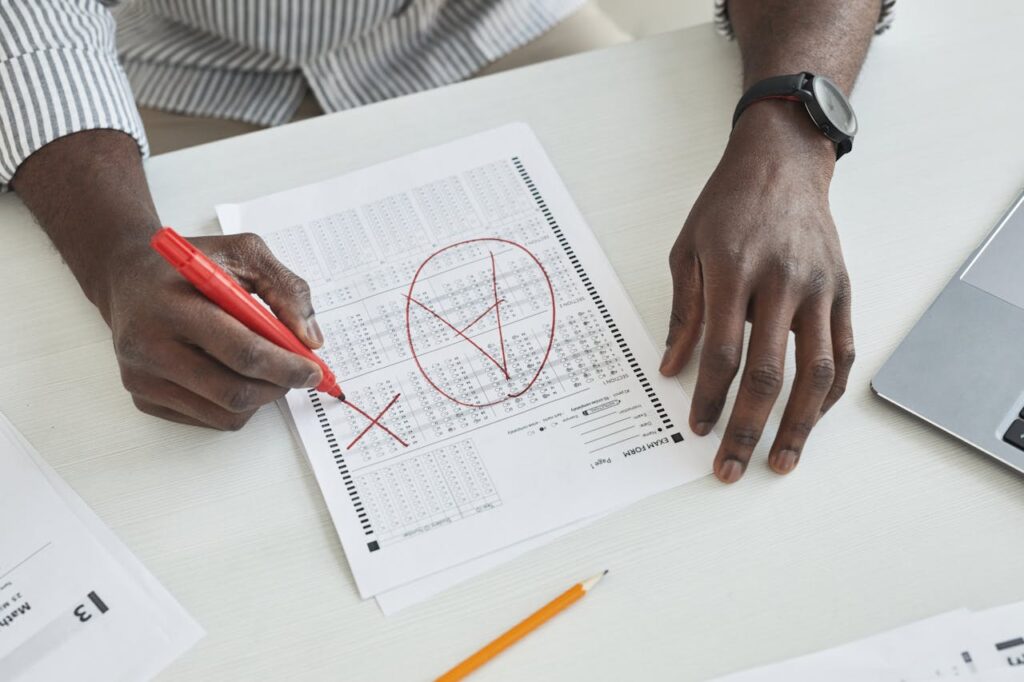
In the ’80s, it wasn’t uncommon for teachers to announce test scores in front of the whole class. You’d hear every A and every F. Sometimes, they even ranked students by performance on the board. It was supposed to motivate, but it often embarrassed those who struggled. Today, that’s a violation of student privacy. Grades are kept confidential, and any public announcement could trigger a serious response. Protecting dignity now comes before pushing performance.
12. Disappearing During Class Time
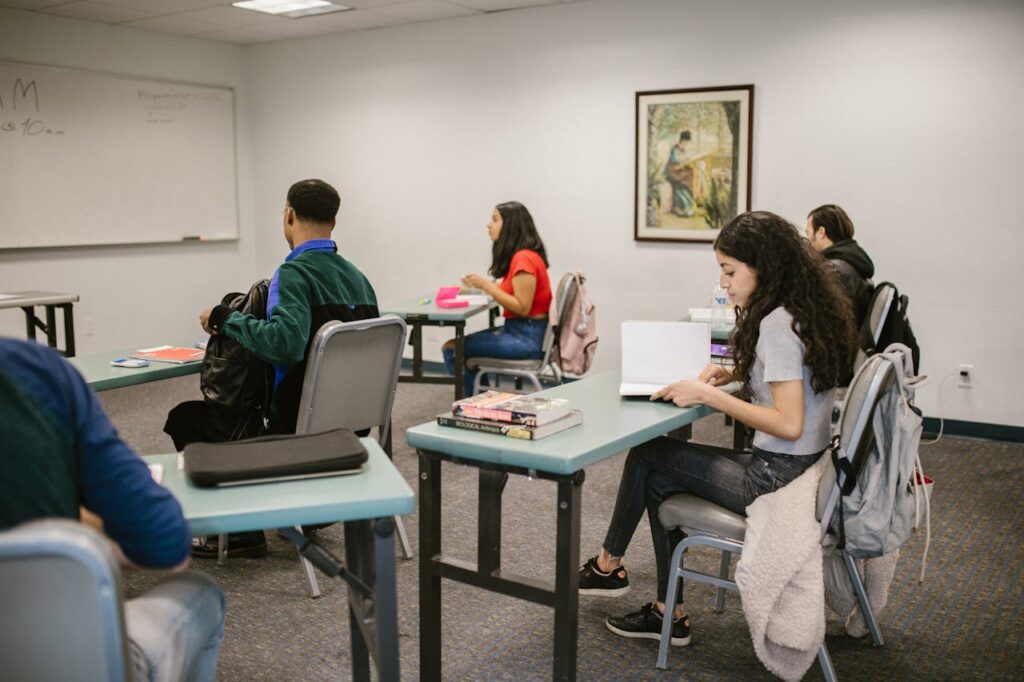
Sometimes, teachers would leave the room and not come back for 10 or 20 minutes. They might head to the lounge or run an errand while students just sat there. There were no cameras, no check-ins, and no real consequences. Now, leaving students unsupervised is a huge liability. One unsupervised moment could mean the end of a teacher’s job. Surveillance and responsibility are taken seriously in today’s classrooms, and disappearing isn’t an option anymore.
